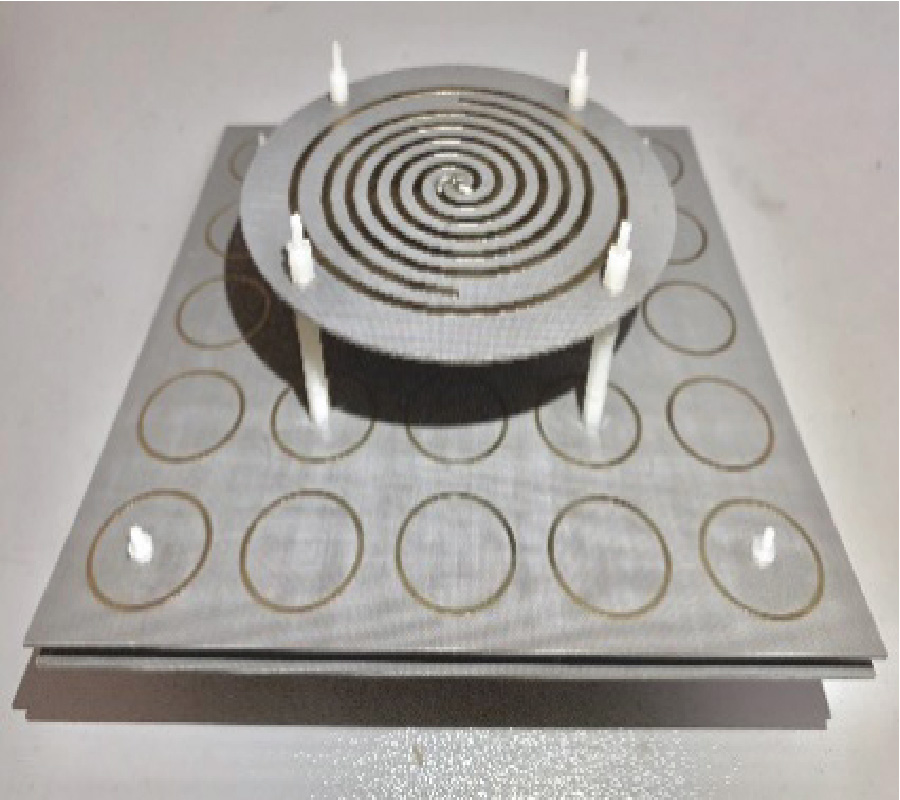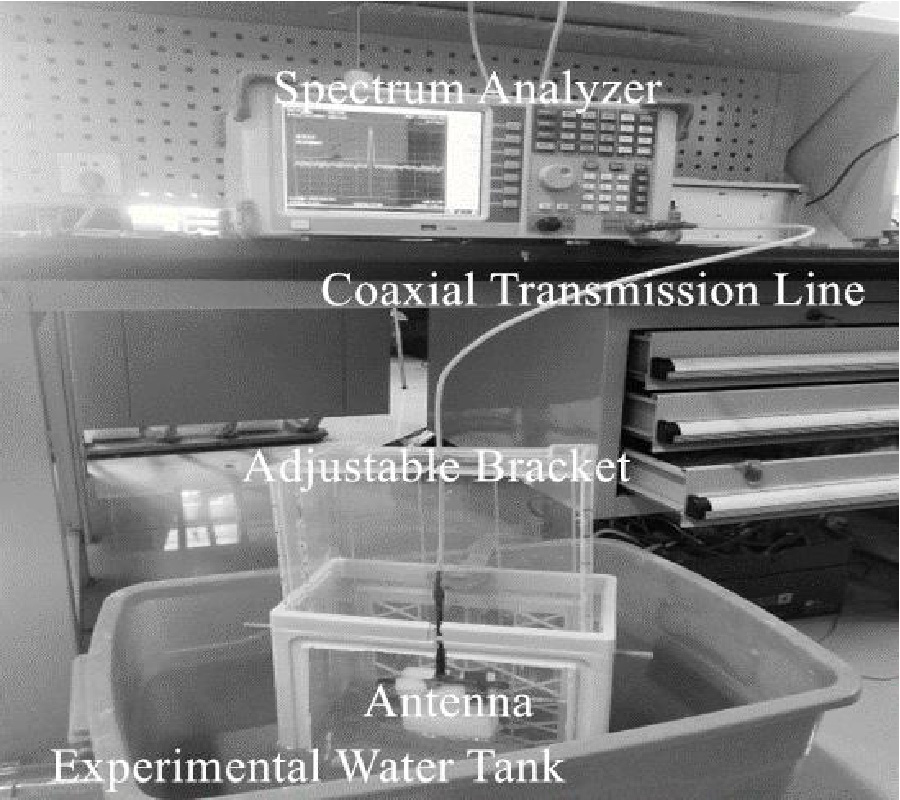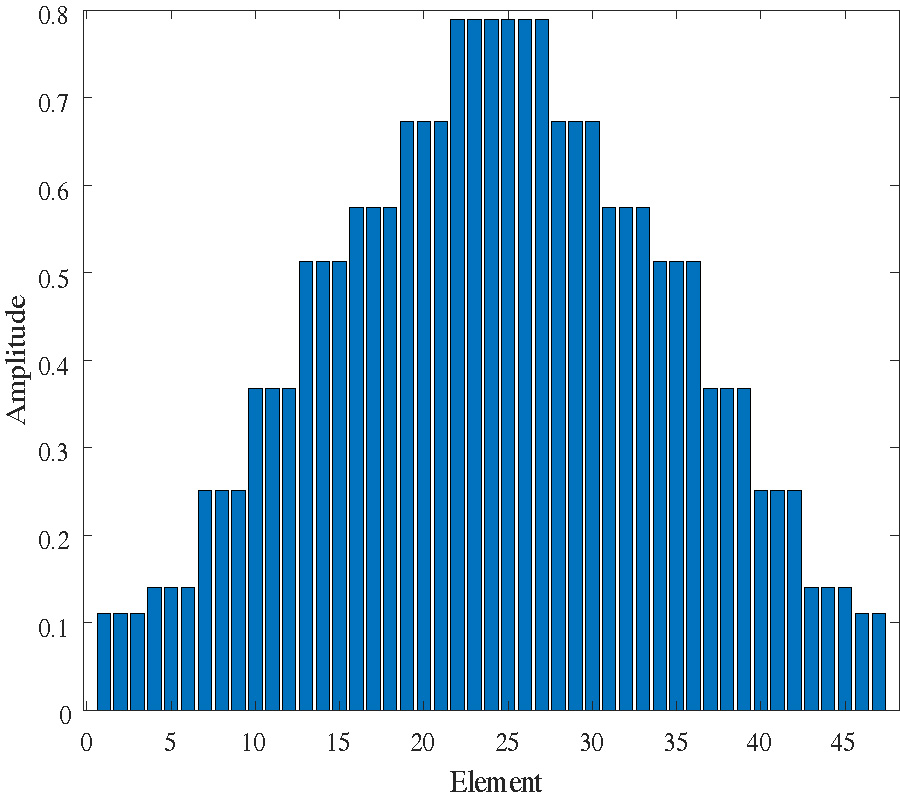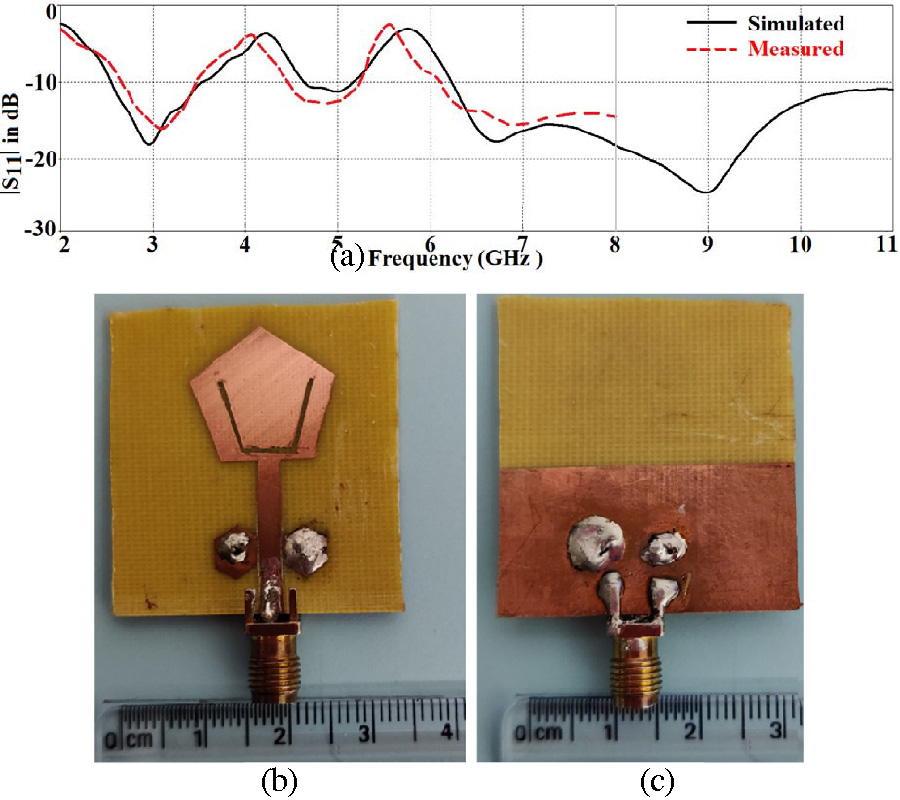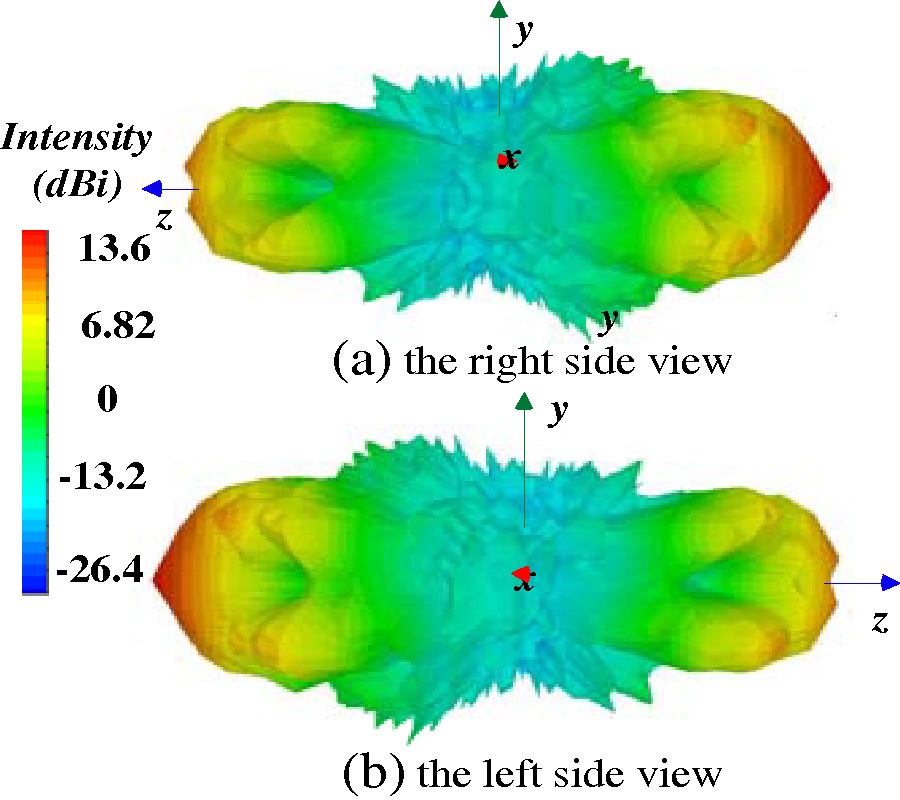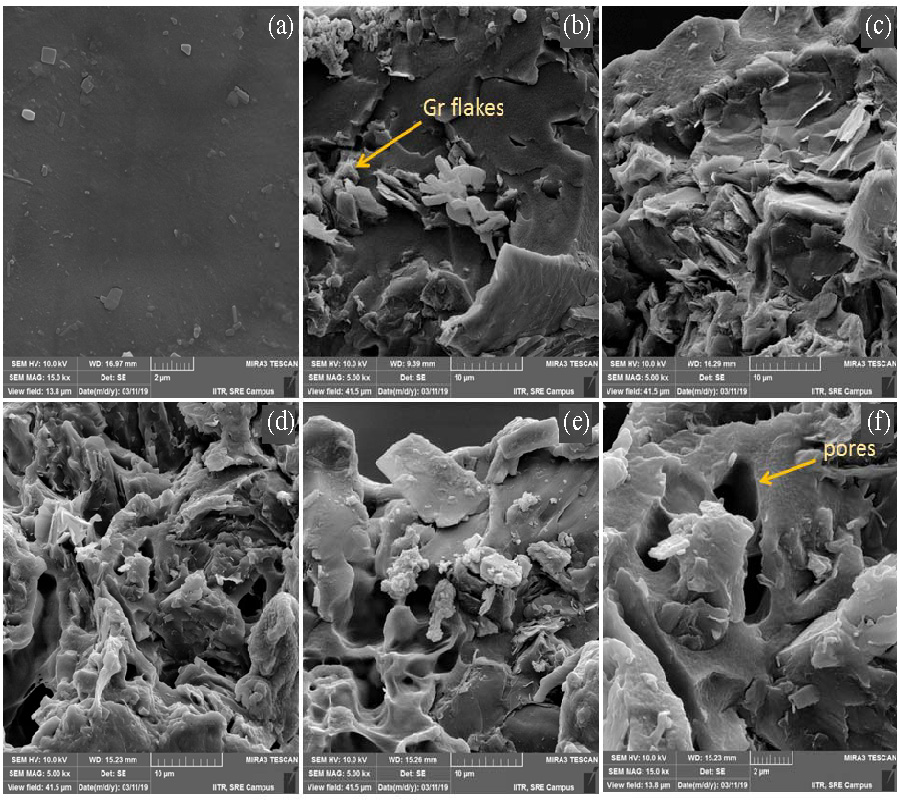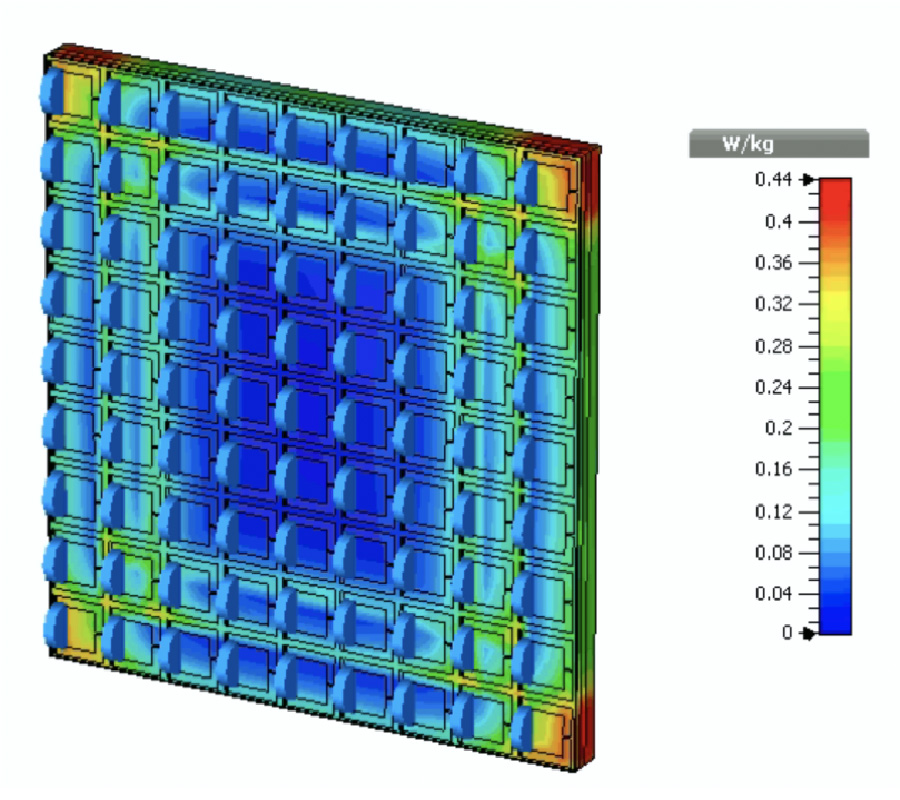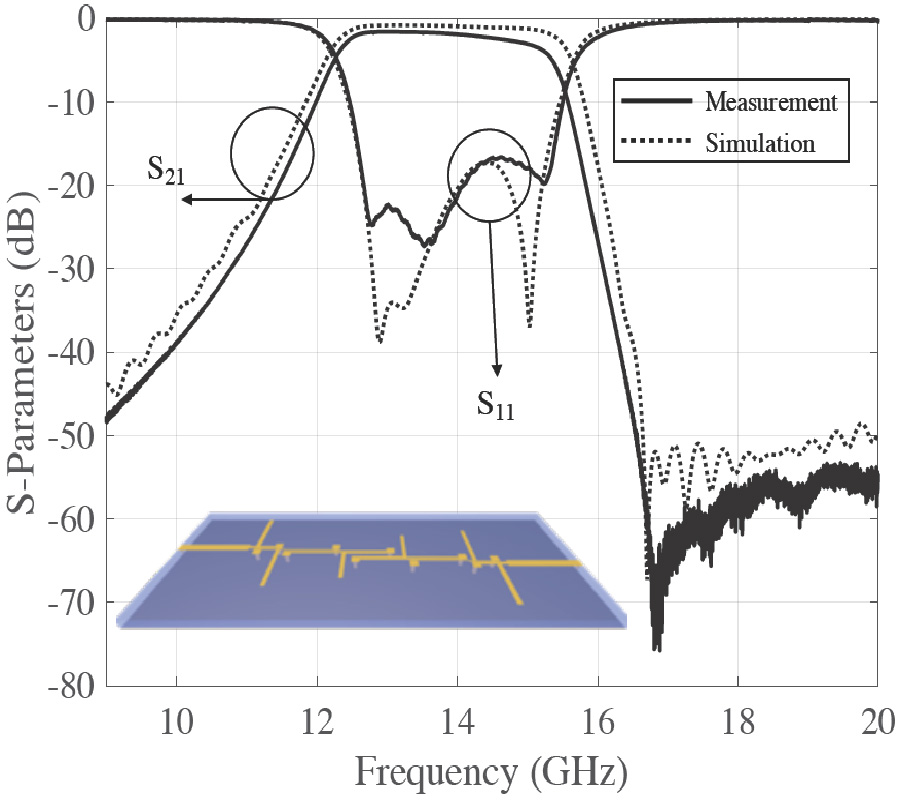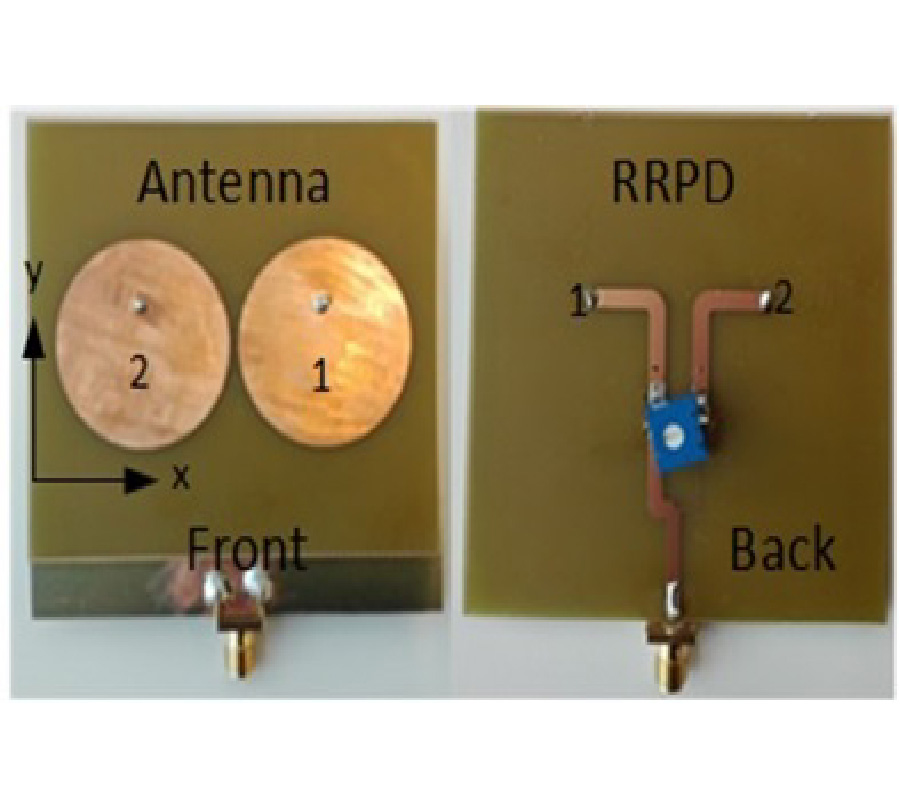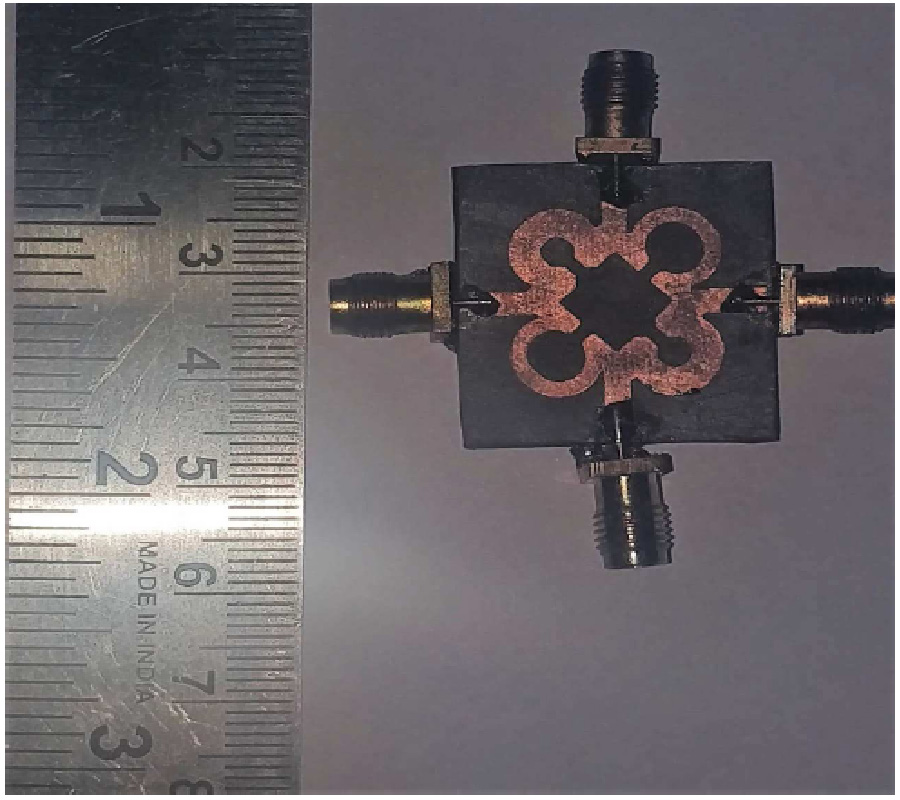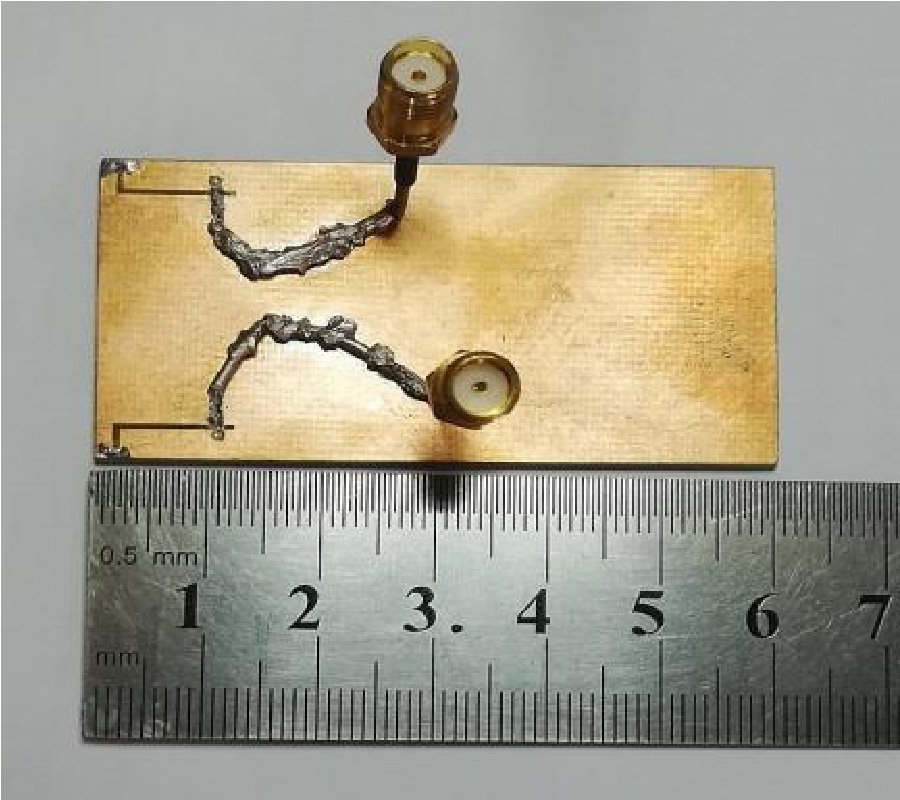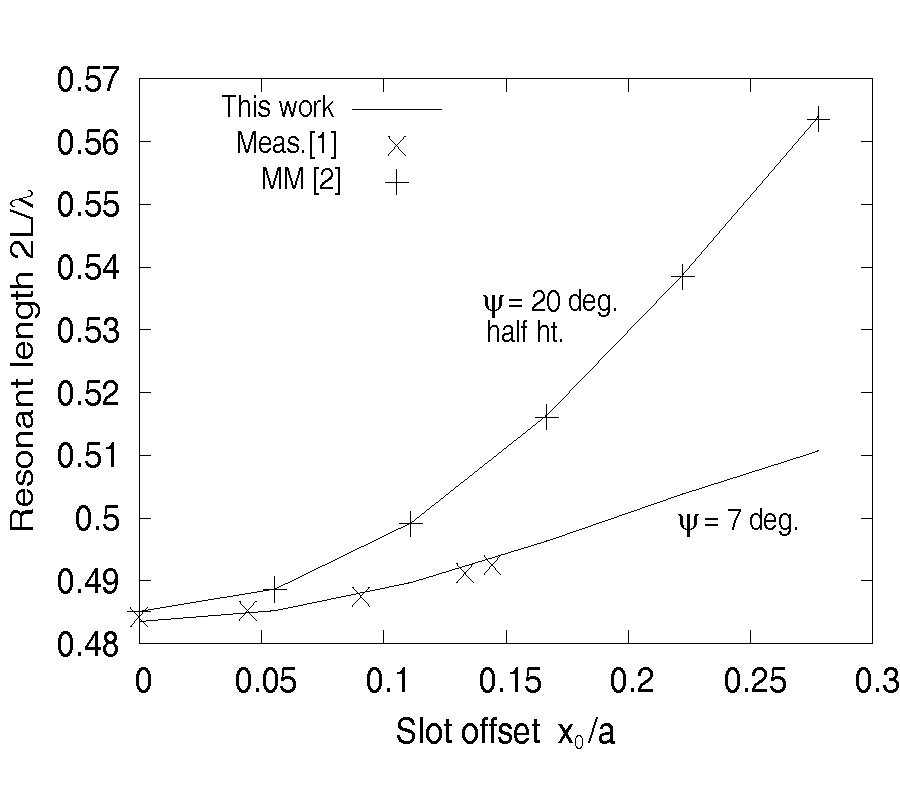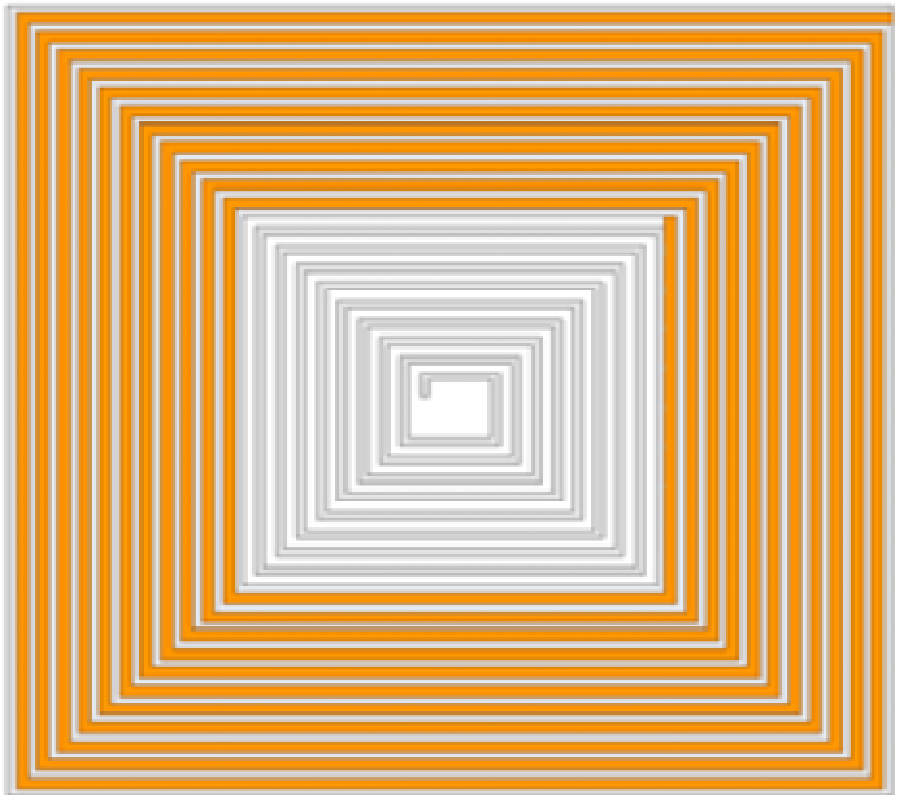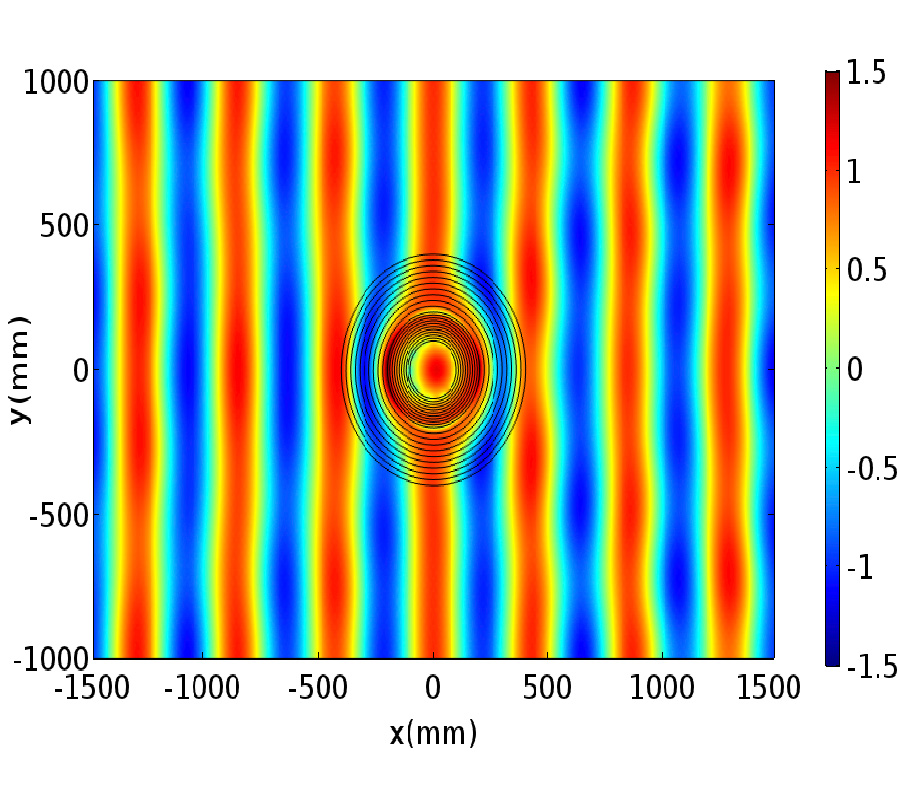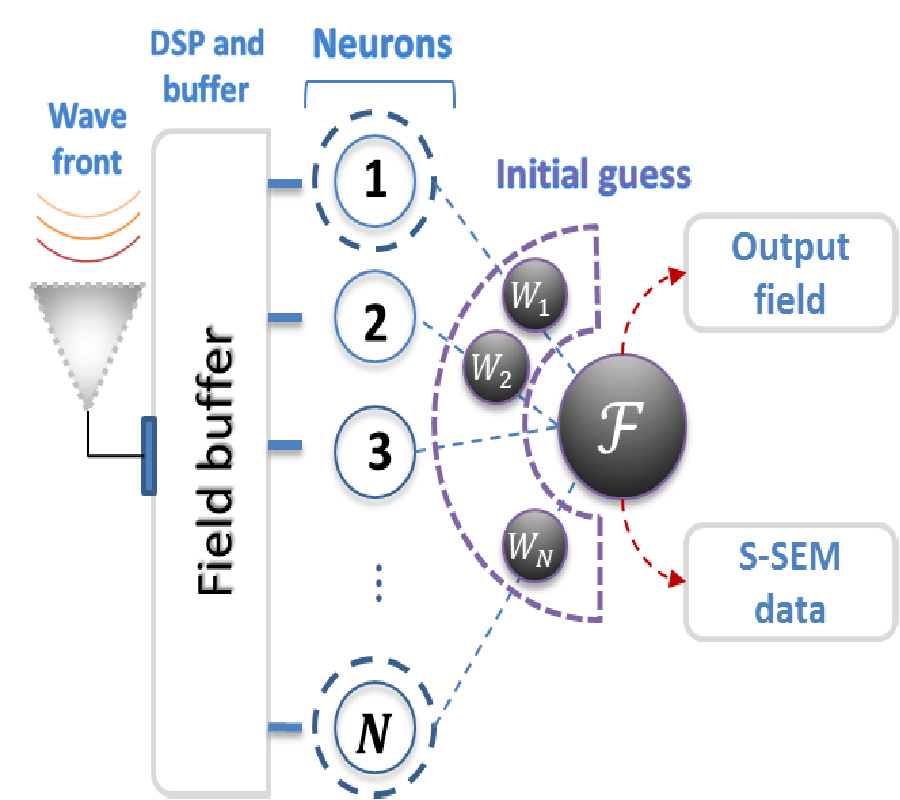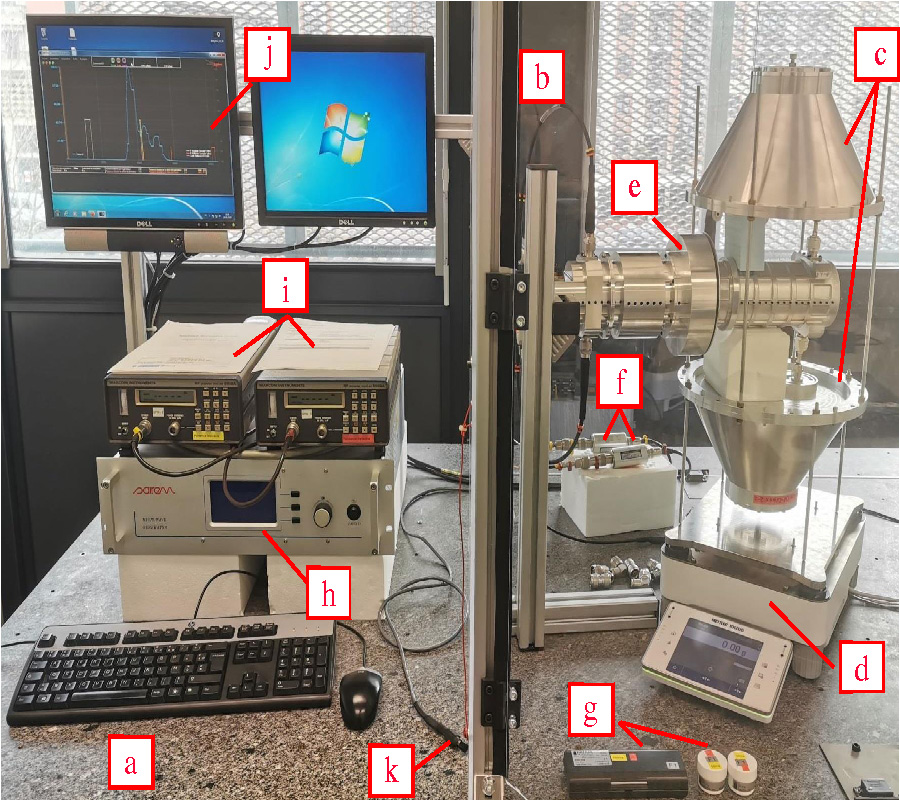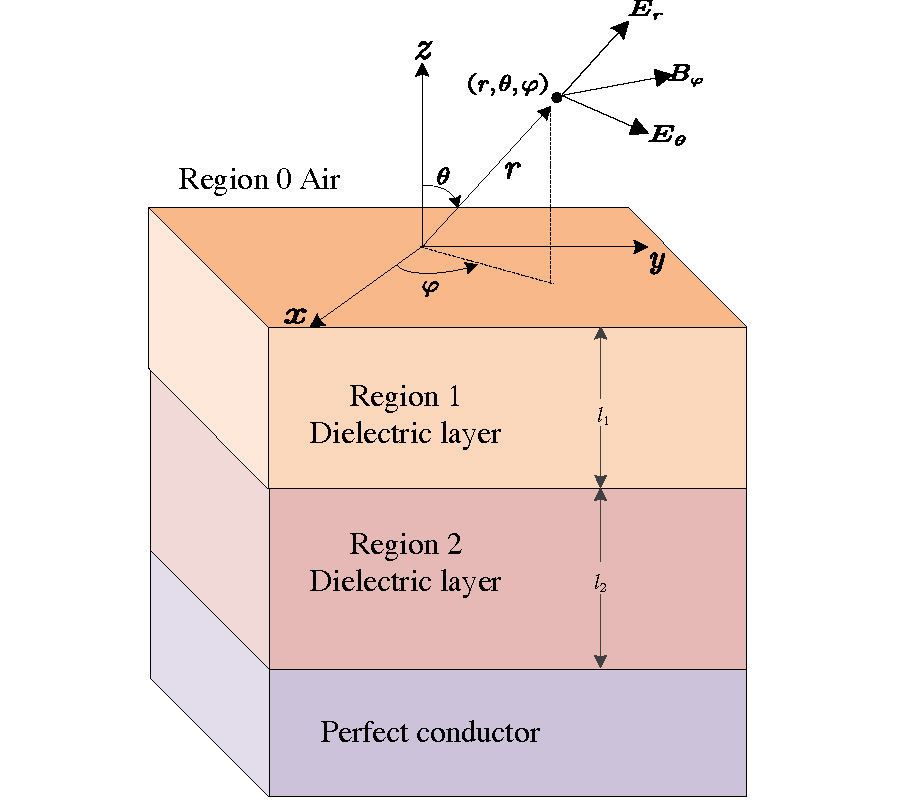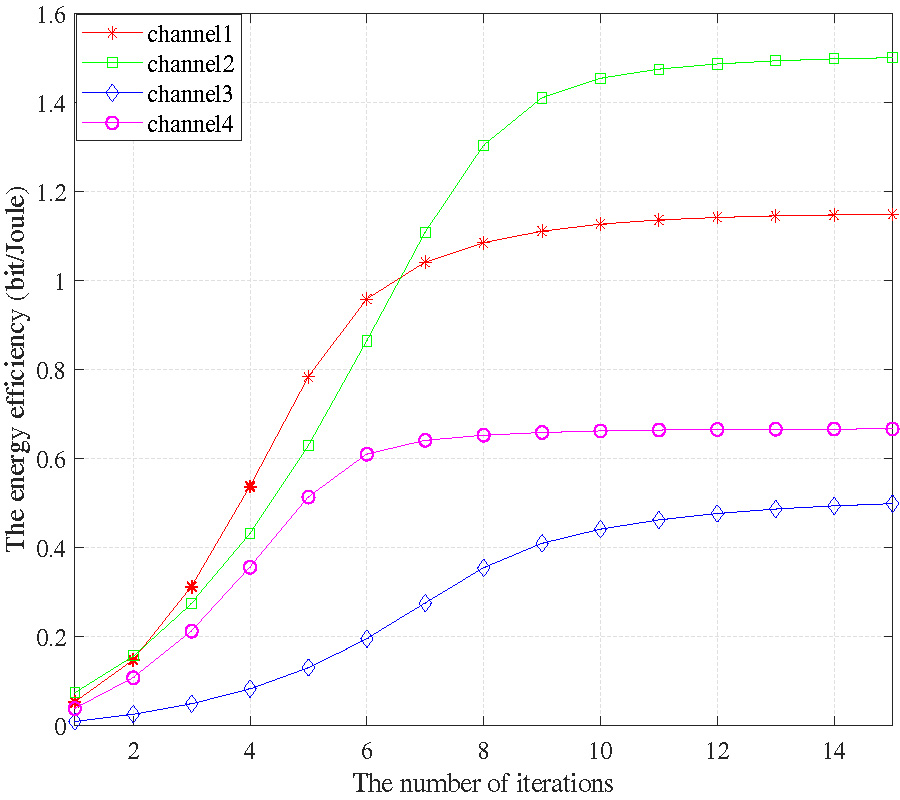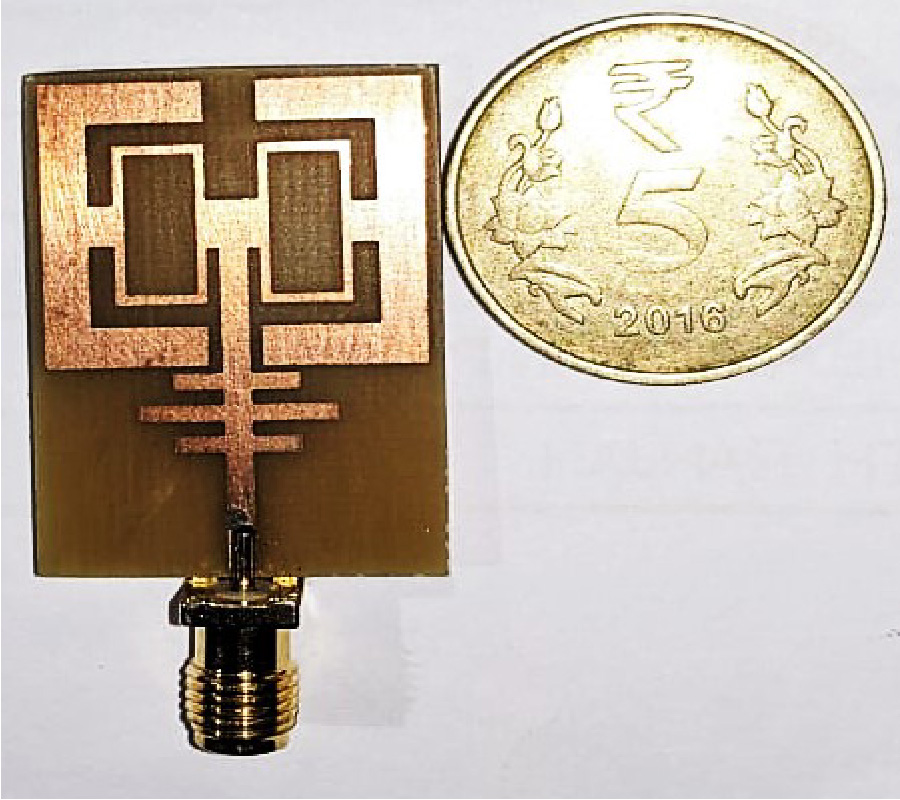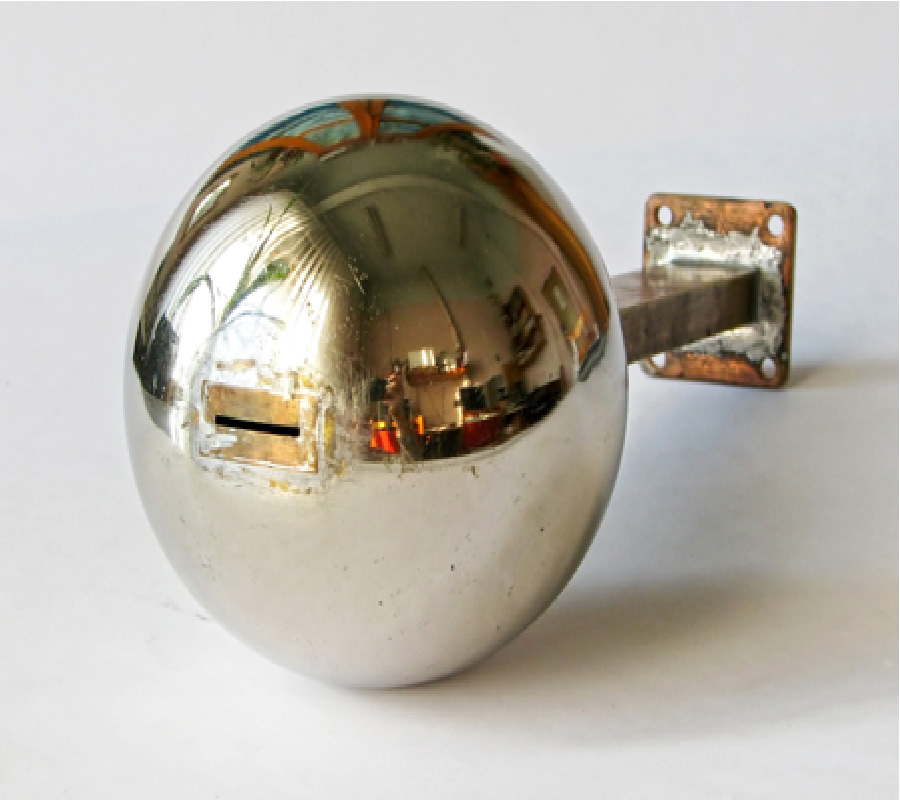A Novel Single-Layer Anisotropic Unit for Transmit-Reflect Double Function Array
Hui-Fen Huang and
Shuai-Nan Li
In this paper, a novel single-layer anisotropic unit with both reflection and transmission functions is proposed. The unit is a ring-encircled two mirror-symmetry fan-shaped patches, and is fabricated in one side of an F4B substrate. The unit structure is asymmetry with respect to x- and y-axes, and both transmitted and reflected cross-polarized fields are generated simultaneously when the co-polarized field is incident on the symmetry broken surface. Full 360° phase shift range is achieved by utilizing the cross-polarized field, and the transmitted and reflected coefficient magnitudes are above 0.49 close to the theoretical limit. Using this anisotropic unit, three single-layer transmit-reflect-arrays are designed: (1) Two high-gain beams in (θ1 = 0°, φ1 = 0°) and (θ1 = 180°, φ1 = 0°) directions. The gain is 20.9 dBi, and the 3 dB beam width is 8.9°. (2) Two OAM beams with l = 1 at (θ1 = 45°, φ1 = 0°) and (θ2 = 135°, φ2 = 0°). (3) Four OAM beams with l = 1 at (θ1 = 30°, φ1 = 0°), (θ2 = -30°, φ2 = 180°), (θ3 = 150°, φ3 = 0°) and (θ4 = -150°, φ4 = 180°). The simulated and measured results agree well and validate the design principle. The proposed metasurface has the following advantages: single-layer, transmission and reflection dual-functions, multi-beam, and high gain.
